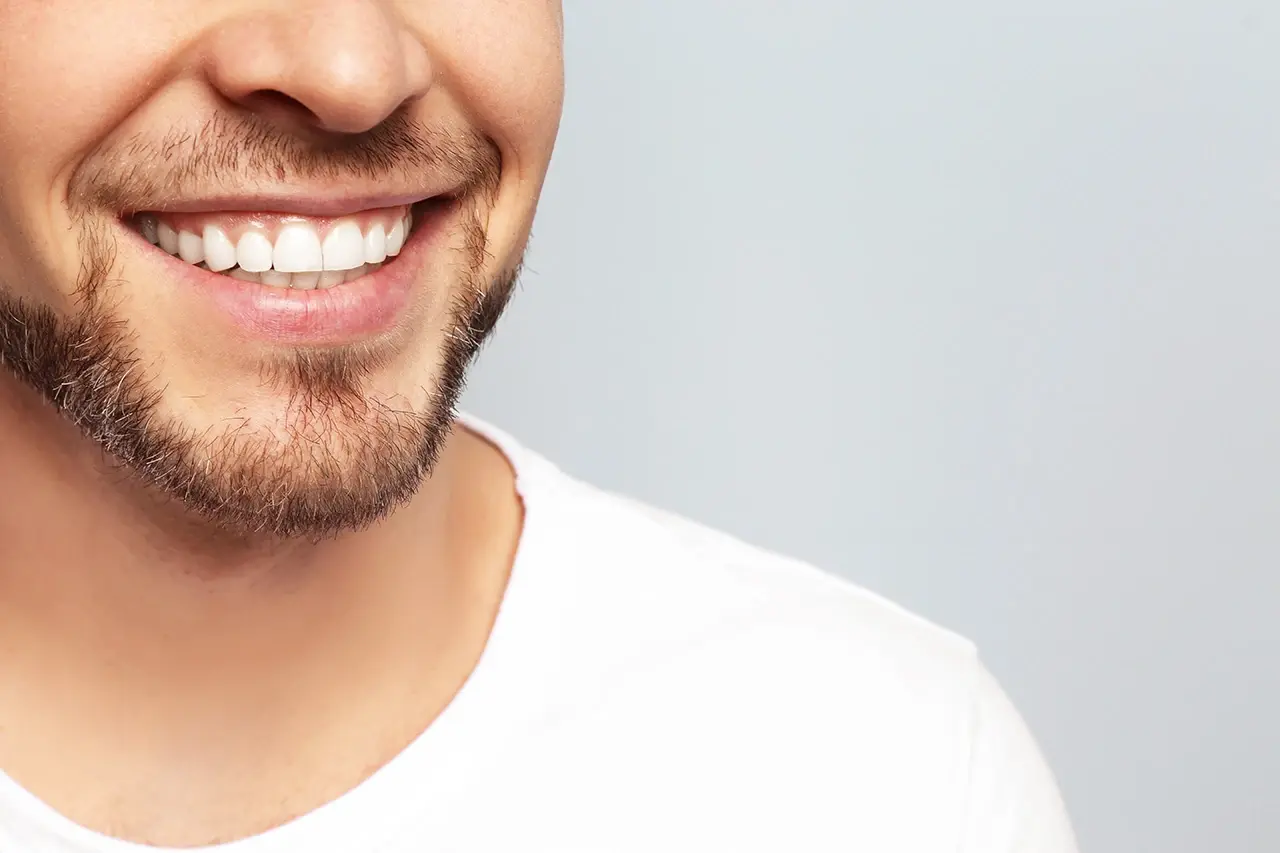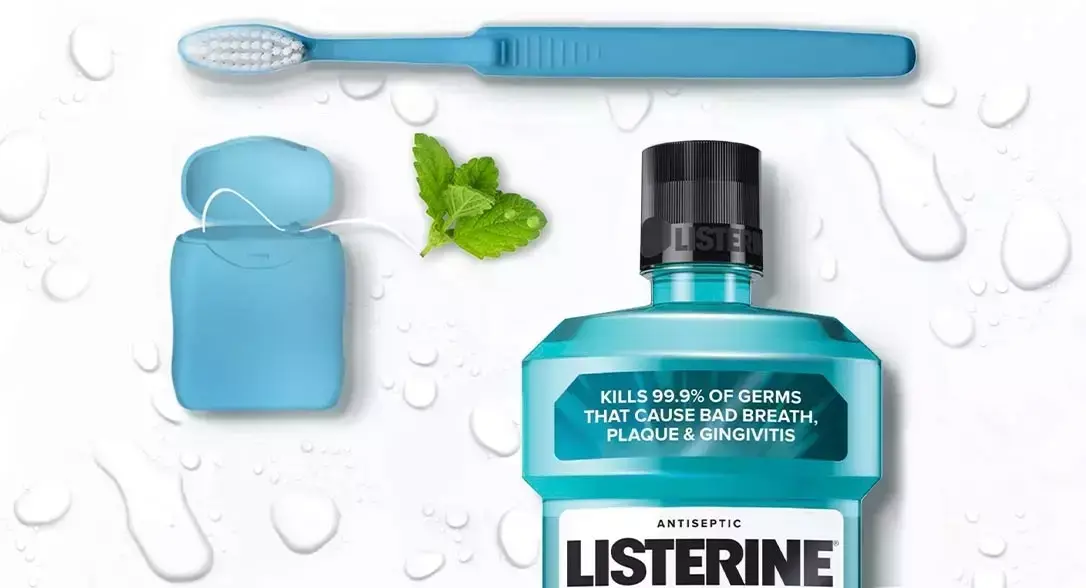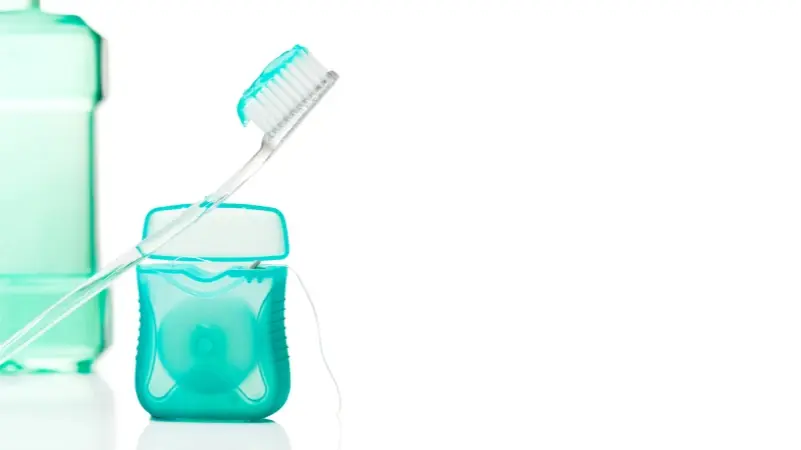WHAT IS PLAQUE?
Dental plaque is the thin, sticky substance that builds up on your teeth each day. Plaque is a biofilm, which is made of many layers of hundreds of different bacteria (germs) types. Certain substances in your saliva can allow bacteria to stick to the surfaces of your teeth forming plaque. Additionally, the foods you eat provide energy for the bacteria in plaque to multiply. If plaque is not removed properly, it may eventually cause bad breath and also oral health problems, including tooth decay (cavities) and gingivitis (early-stage gum disease).1
What Causes Plaque on Teeth?
You have many kinds of bacteria (germs) in your mouth that form plaque. These bacteria stick to the surfaces of your teeth. The resulting substance is called dental plaque or dental biofilm. The bacteria in dental plaque are constantly reproducing. In less than 24 hours, the plaque can build up to the point where it becomes noticeable.2
PLAQUE VS. TARTAR: THE DIFFERENCE BETWEEN THEM
Dental professionals often refer to tartar as dental calculus. Tartar is hardened plaque, which gradually forms as plaque absorbs minerals from your saliva. Tartar is distinct from dental plaque in several important ways. First, plaque is much softer than tartar and can be controlled with effective brushing, flossing, and using an antiseptic mouthwash. Tartar must be removed by dental professionals during a cleaning. Additionally, tartar forms much more slowly than plaque. Clinically, plaque will begin to show up on your teeth within 24 hours of removal. Tartar takes longer to form from the plaque that brushing and flossing missed. Removing plaque from teeth regularly helps to prevent tartar from forming.
WHAT DOES PLAQUE LOOK LIKE?
Dental plaque can be hard for you to see on your teeth. The most common way to notice plaque is the sensation it causes. Often when your teeth feel fuzzy or grimy it's because of plaque buildup. Dental plaque can result in bad breath, cavities, and gum problems such as gum diseases (gingivitis). Gum problems related to plaque buildup can also include red, swollen, or bleeding gums when you brush or floss.3
HOW PLAQUE CAN BE HARMFUL TO ORAL HEALTH
Allowing plaque on teeth to go unchecked presents several specific risks to your oral health.1
The number one cause of gingivitis is plaque buildup. Gingivitis is a reversible form of gum disease however when left untreated gingivitis can progress into periodontitis which is not reversible. Not properly removing or controlling the buildup of plaque on teeth regularly can lead to plaque-related gum problems. Learn more about how plaque and other factors can lead to gum disease, gingivitis and more advanced forms of gum disease.
HOW TO PREVENT PLAQUE BUILDUP ON TEETH
The best way to handle dental plaque is to prevent it from building up in the first place. There are several excellent ways to accomplish this.
Consume a Healthy Diet
Try to keep away from sticky, sugar-filled foods like candies and syrup. Instead, talk to your dentist, hygienist, or healthcare professional about what a healthy diet looks like for you and your mouth. Also, consider chewing sugarless gum after meals to help increase saliva flow and wash out food from your teeth.4
Brush and Floss Your Teeth Every Day
Be sure to keep up with your oral hygiene. Brushing your teeth twice daily with a fluoride toothpaste such as LISTERINE® ESSENTIAL CARE® Fluoride Anticavity Toothpaste along with regular, daily flossing can go a long way when to comes to helping prevent plaque buildup.2
Use an Antiseptic Mouthwash
While brushing and flossing are essential, these efforts can’t remove all the plaque-causing germs in your mouth. Using an antiseptic mouthwash regularly after brushing has been shown to be more effective at controlling and preventing plaque buildup than brushing and flossing alone.5
An antiseptic mouthwash can kill germs in areas difficult to reach with a toothbrush or floss. If you need tartar control, LISTERINE® ULTRACLEAN® may be the right product for you. It cleans deeper than brushing and flossing alone while fighting tartar buildup and killing 99.9% of germs that cause bad breath, plaque, and gingivitis.
HOW TO GET RID OF PLAQUE
While you won’t be able to get all dental plaque off your teeth completely, you can make effective efforts to prevent plaque from accumulating on your teeth with a proper oral hygiene routine. Here are a few great tips for removing plaque from your teeth:
Brush twice daily to help remove the plaque. Don't skip cleaning between your teeth with dental floss or another interdental cleaner, as recommended by your dentist or hygienist. Flossing each day can help get rid of plaque and food debris in the spaces between your teeth.
Rinse with an antiseptic mouthwash after brushing and flossing to kill plaque-causing germs missed by brushing and flossing.
Visit your dentist for a professional cleaning regularly. Your dentist can advise you as to how many professional cleanings you will need per year based on your situation.3
REFERENCES
Marsh, P. D. (2010). Microbiology of Dental Plaque Biofilms and Their Role in Oral Health and Caries. Dental Clinics of North America, 54(3), 441–454. https://doi.org/10.1016/j.cden.2010.03.002
White, D. J. (1991). Processes contributing to the formation of dental calculus. Biofouling, 4(1-3), 209–218. https://doi.org/10.1080/08927019109378211
Cleveland Clinic. (2020, October 14). Dental Plaque: What Is It, Causes, How to Remove, Prevent & Treat. Dental Plaque. https://my.clevelandclinic.org/health/diseases/10953-plaque
University of Rochester Medical Center. (2021). The Best and Worst Foods for Your Teeth. https://www.urmc.rochester.edu/encyclopedia/content.aspx?contenttypeid=1...
Prasad, M. (2016). The Clinical Effectiveness of Post- Brushing Rinsing in Reducing Plaque and Gingivitis: A Systematic Review. JOURNAL OF CLINICAL AND DIAGNOSTIC RESEARCH, 10(5), ZE01–ZE07. https://doi.org/10.7860/jcdr/2016/16960.7708



